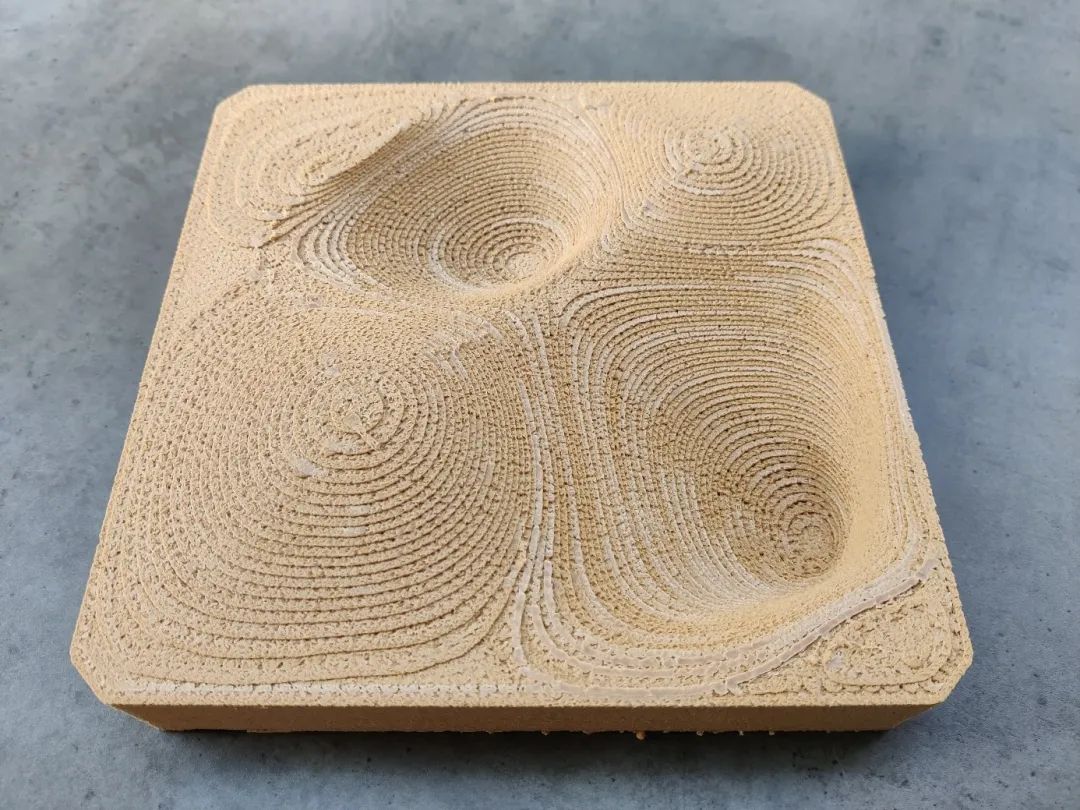In the 3DNaturDruck project, building components such as elevation elements will be created from 3D printed natural fiber reinforced biopolymers.
3D printing (also known as “additive manufacturing”) has been applied in the construction field for a period of time, and now it is also moving towards the direction of ecological sustainability: together with partners, the Hanover Laser Center (LZH) is studying how to use additive manufacturing to produce individual building elements from natural fibers.
As a renewable resource with short renewal cycle in some cases, they are obviously better ecological alternatives than synthetic fibers.
To this end, scientists will develop and optimize corresponding composites made of biopolymers reinforced with natural short fibers and natural continuous fibers for processing using additive manufacturing process FDM (melt deposition).
The project is funded by the Federal Ministry of Food and Agriculture of Germany through FachagenturNachwachsendeRohstoffee.V.
The partner is studying two processing methods, one is to use very short natural fibers (such as wood and straw) for processing, and the other is to combine continuous fibers of hemp and bamboo with biopolymer for printing.
The project is coordinated by the BioMat Department of the Institute of Architectural Structure and Structural Design (ITKE) of the University of Stuttgart.
In additive manufacturing, large components in the construction field are mostly made of polymers based on fossil raw materials.
The project partners hope to explore how to use additive manufacturing to simplify the manufacturing process of building components.
with the funding code of 2220NR295C.
In addition to LZH, project partners include Wilhelm Klauditz Institut (WKI) of Fraunhofer Wood Research Institute and some companies in the industry, such as RapidPrototyping technology GmbH (Gifhorn), ETSExtrusionstechnik (M ü cheln), 3dk.berlin and ATMATSp.Z.o.o.
Source: Jungian Additive Manufacturing * Please contact us to deal with copyright issues.
LZH subsequently developed the processes for these new materials and adapted them to the tools and nozzle geometry of the FDM printer.

The goal of the project partners is to achieve intelligent and innovative design that is both ecological and sustainable.
Bamboo fiber | bamboo raw fiber | bamboo fiber technology WeChat official account: bamboo fiber industry website follows us by QR code 
Using additive manufacturing to realize the trend of natural fibers in buildings People are very interested in using natural fibers in buildings and building structural components, because the advantages of natural fibers are obvious: they have good mechanical properties and light weight, and are widely used.
In their research, the partners are also committed to providing new starting conditions for the manufacturing of newly developed building components: for example, topology optimization of components based on structural stress can be easily realized through additive manufacturing.
The research of 3DNaturDruck project aims to make natural fibers used in buildings can also be used in additive manufacturing.
The natural fiber reinforced biopolymer is particularly suitable for the production of components with complex geometry, which requires only a few steps and requires low materials and costs.
About 3DNaturDruck The 3DNaturDruck project is about the design and manufacture of 3D printing components of biological composites using continuous natural fiber filaments and short natural fibers.
Objective: Highly developed components made of sustainable materials In the project, people studied different kinds of natural fiber reinforced biopolymer composites.
A house with 3D printed facade elements will be demonstrated on the campus of the University of Stuttgart.


